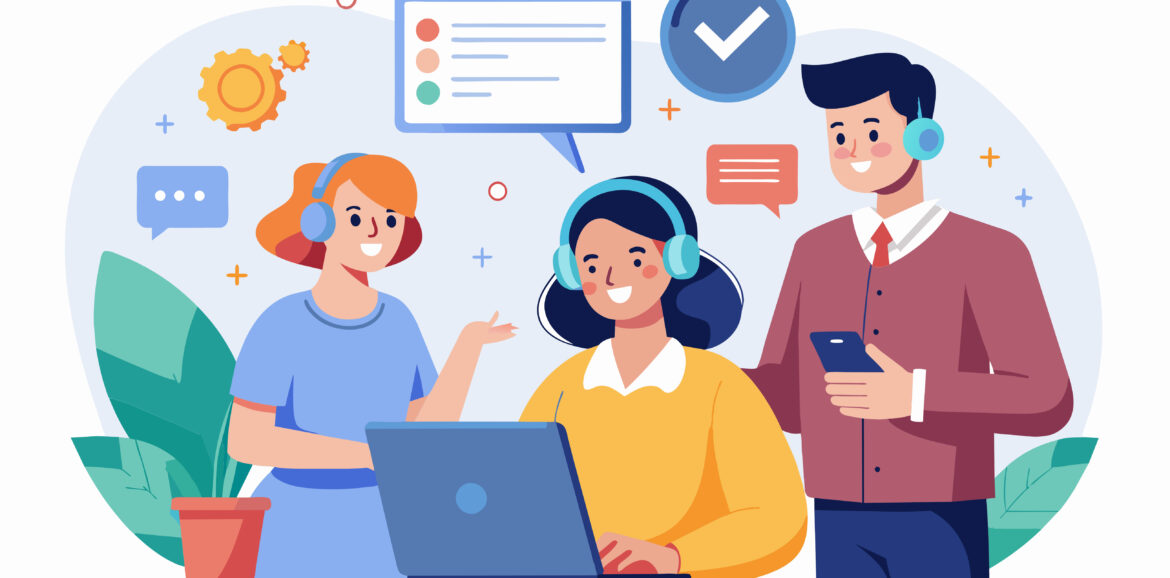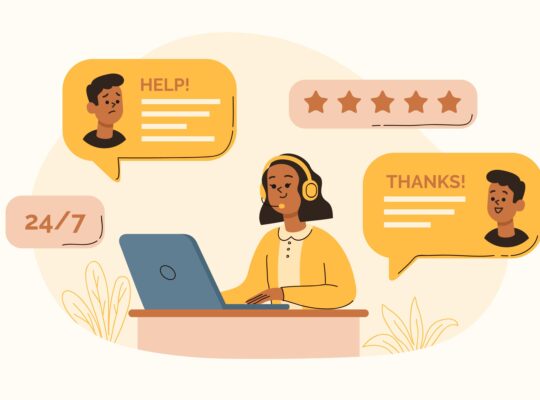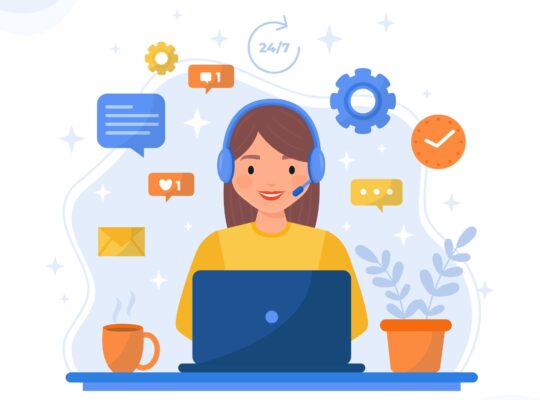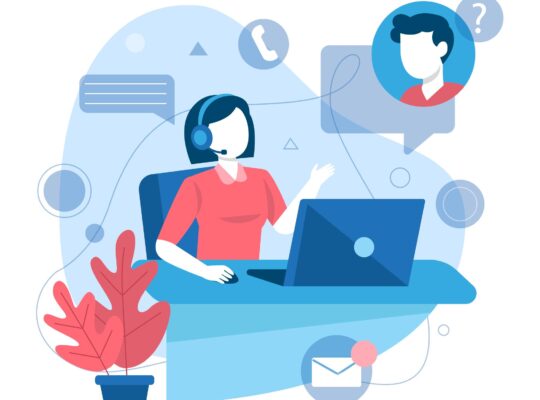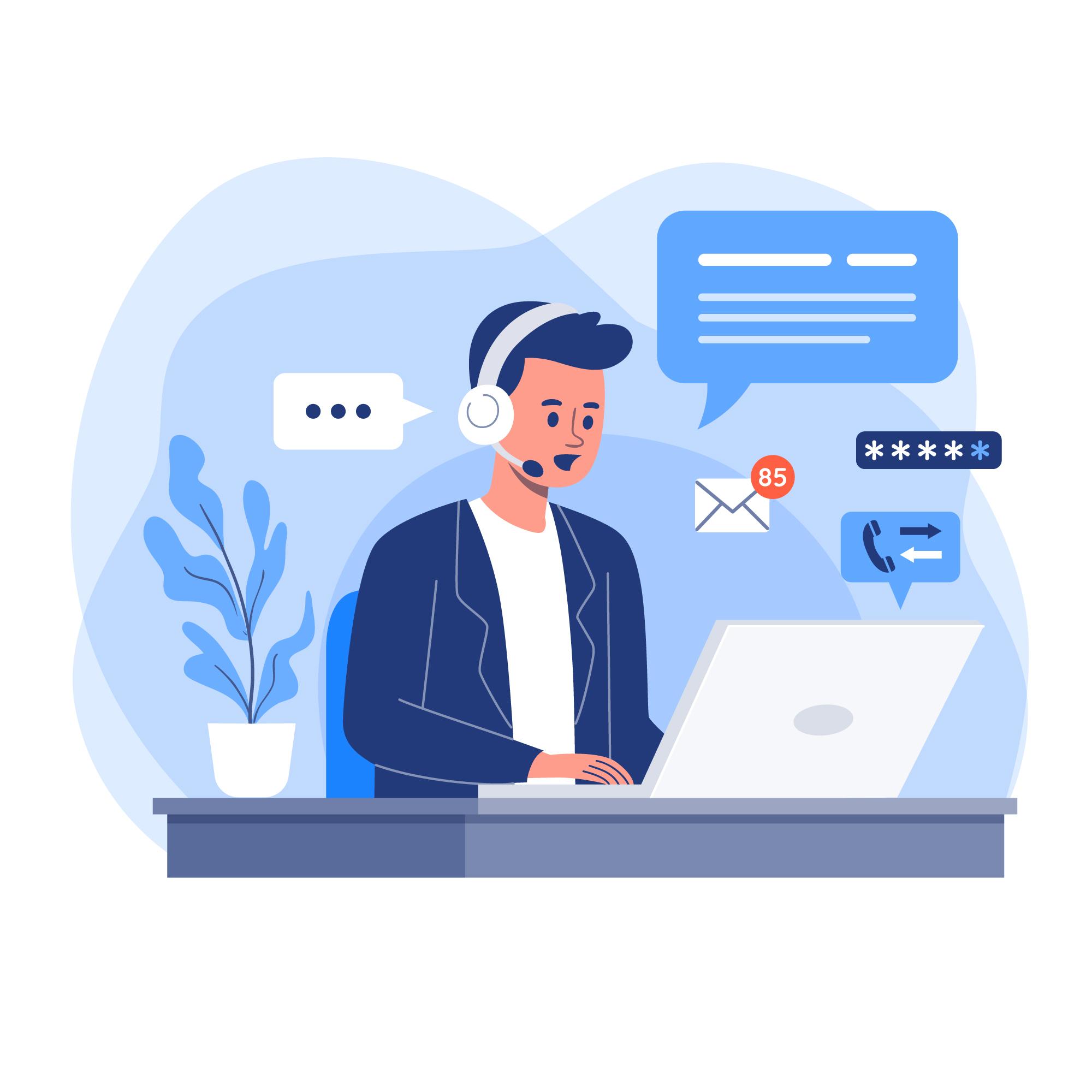| Managing a Customer Service Team | ||
| Instructor: Jeff Toister | ||
| Released: 2/18/2020 | Course Details 1h Intermediate | |
| Skills Covered Customer Service Management | Course Link | |
| Professional Certifications and Continuing Education Units (CEUs) National Association of State Boards of Accountancy (NASABA) – CPE: 1.8 | ||
| Secrets to managing customer service teams are revealed in this course by customer service expert Jeff Toister. Learn what separates great service from poor service, and how to set service team goals. Find out how to set up a team and customers for success, explore smart ways to measure service levels, and learn about the true cost of poor service. Plus, explore ways to optimize delivery to provide service that’s faster, less costly, and better. Learning objectives – Defining outstanding service – Setting customer service goals – Aligning a customer service team – Exploring the voice of customer feedback – Improving service quality – Identifying obstacles to outstanding service – Helping employees prioritize great service – Balancing speed and quality – Calculating the cost of poor service – The manager’s paradox Source: LinkedIN Learning | ||
Defining Outstanding Service
Developing service standards
Creating effective standards leads to consistency, increased quality and provides training to team members.
Having too many standards can impact service instead:
- Create broad guidelines (rather than restrictive)
- Align guidelines with the brand
- Consider impact on customer
Selecting customer service goals
SMART goals
Good Goals
- Focus Attention
- Promote teamwork
- Use internal motivation
Bad Goals
- Divert attention
- Reward selfishness
- Use external motivations
Aligning a team around outstanding service
Use an Alignment Check, available through the Exercise files, to determine your customer service alignment.
Evaluating Service Quality
Understanding how “Icebergs” can sink service
Don’t assume it’s an isolated incident. Review if you have an “iceberg” and if so, find the root cause. Be proactive.
- How big is it?
- Who is impacted?
- How can I fix it?
Benefits of Finding Icebergs
- Discover problems early
- Minimize customer impact
- Cut costs
Exploring the Voice of the Customer feedback
VOC – customer feedback that helps identify problems and improve service.
Collecting VOC Information
- Listen to customer feedback.
- Create a contact type report.
- Use surveys.
- Check external review sites.
- Monitor social media.
- Set alerts.
Improving service quality
Identify the gap between existing and desired performance. Analyze the gap by using a root cause analysis. Take action to determine if it will reduce complaints.
Causes of Service Failure
- Product, service, or policy
- Customer
- Employee
Identifying Obstacles to Outstanding Service
Exploring how incentives can hurt service
Incentives can hurt service due to gaming (recommending unnecessary repairs, not closing down accounts, etc. to ensure it won’t impact the employees incentives) or begging (customer service surveys in which they earn a reward for positive scores).
What Works For Motivation
- Shared goals
- Empowerment
- Problem-solving
Fixing broken service systems
Poor product, unreliable service or a procedure that doesn’t work create service problems.
- Identify the problem
- Look at the impact at an individual, departmental and organizational levels.
- Find solutions both at the individual, departmental and organizational levels.
Empowering employees
Reasons We Don’t Empower Employees
- Fear – companies are afraid that employees will give away the store.
- Consistency – if you do something special for one customer, does that mean we have to do it for every customer
- Laziness – some leaders see a rigid policy as having to monitor employees less
- Create a customer service vision.
- Develop clear guidelines.
- Provide feedback. Coaching employees on poor decisions will help them improve. Be cautious not to punish employees for using empowerment.
Helping employees prioritize great service
Reasons Customer Service Isn’t King
- Conflicting priorities (first contact resolution vs. time limit)
- Observable activities
- Frequent conversation topics
Make it clear that customers are your top priority. Talk about service on a daily basis. Hold employees accountable.
Optimizing Service Delivery
Putting customer value first
Successful companies put customer value first.
- Staffing levels – having more staff during busy times
- Email responsiveness – reduce templates and replace with clear/thorough responses
- Easy to use self-service technology – makes service faster for customers
- Employee training – don’t skimp instead spend on training for better service and lower turnovers
Balancing speed and quality
Employees often struggle between providing speed and quality. What happens to service quality when employees are busy and stress level rises?
- Fewer connections
- Less listening
- Decreased helpfulness
How to improve speed
- Improve processes
- Refocus on quality
- Increase capacity
Developing service channels
Use the Service Channels worksheet in the exercise files to identify the owners of each channel. Then try to connect with each channel using the same problem to determine:
- Ease of discovery (dig to find number or well displayed?)
- Ease of contact (fast and easy or 20 questions?)
- Speed of response (lag time?)
- Questions answered?
- Consistency with Customer Service vision
Adding Service Channels
- Do enough customers want to use this channel?
- Can you serve customers effectively?
- Can you serve customers consistently?
Scheduling customer service employees
Scheduling Employees
- Identify demand.
- Staff to demand.
- Adjust your staffing mix (full-time and part-time)
- Cross-train employees
- Adjust shifts (start earlier or extend hours of operation
- Manage to demand.
Calculating the Cost of Poor Service
Connecting service to the bottom Line
Director’s Goals
- Efficiency
- Solving Problems
- Customer Satisfaction
CEO’s Goals
- Reducing costs
- Customer retention
- Revenue growth
The goal is to link key customer service metrics with each of these three business metrics.
The Directors discovered that they are using a third party business to handle spikes in call volume. By reducing outsourced calls they can gain better efficiency by handling the calls in-house and also reduce cost. They also had customers calling for the same problem on multiple occasions. By tracking first contact resolution they can reduce waste and become more efficient.
For revenue protection, they tracked account cancellations to determine the leading cause of customer defections. They also tracked goodwill discounts to determine the cost of service recovery and determine the cause behind these failures.
Finally for revenue growth, the director linked next accounts through referrals and also trial accounts that converted to paid accounts.
Exploring the escalating costs of service failure
Cost of Service Failures
- Servicing costs – labor, parts, equipment
- Goodwill cost – discounts, freebies to apologize for service failures
- Lost revenue – customer churn, reduced spending, lost opportunities
Elevating Team Service
Exploring the manager’s paradox
The Customer Service Manager’s Paradox
Spend time you don’t have now, or spend even more time later.
- Identify the problem.
- Prioritize the initiative.
- Involve your team.
Getting a team obsessed with service
If you want your team obsessed with service, talk about it often.
- Customer Service vision
- Service standards
- Goals
Leaders share constant updates with the team.
| Remember! To experience the full benefit of this guide, I highly recommend you watch the full training session by clicking the Course Link above. |
